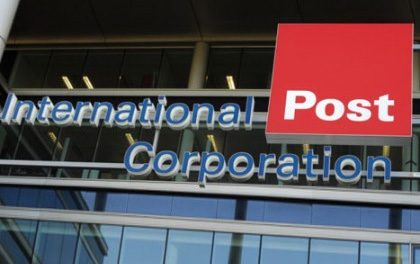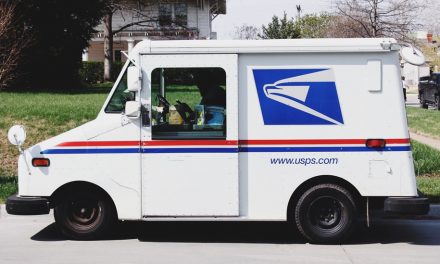
The Governors of the United States Postal Service have authorized the immediate filing of a request for new higher postal rates.
The U.S. Postal Service announced today that it will file for a rate increase, effective next year, that would boost the price of a first-class stamp to 37 cents.
Stamp prices went up to the current 34-cent level in January and many other rates rose again this summer, but the post office still faces a deficit of $1.6 billion this year.
Postal board Chairman Robert F. Rider said the agency had to act now because it takes nearly a year to raise rates under the cumbersome process involved. “This was a very difficult decision,” Rider said.
He said the postal governing board voted unanimously to take the action.
The increase in first-class stamps will be accompanied by increases in other types of mail as well. Rider said the overall rise in rates will be just under 9 percent.
“We do this because we have a responsibility to assure the financial viability of the postal service,” Rider said.
He said the agency has been affected by the declining economy, which reduced mail volume at the same time it’s having to spend more for fuel and salaries.
In addition, Rider noted that the post office is involved in contract negotiations with unions representing some 700,000 employees, which raises the question of additional future costs to the agency.
Earlier in the year, the agency’s deficit had been projected as high as $3 billion but postal managers have worked actively to reduce spending and imposed a freeze on new construction. On Friday, Postmaster General Jack Potter announced cuts of 800 management jobs at headquarters and a restructuring of field offices that will also reduce management staff by several hundred people.
Potter said Tuesday that because of the continuing financial problems the construction freeze will remain in place and that management will be looking for further ways to cut costs.
Raising postal rates is a complex process. The agency’s request for an increase is submitted to the independent Postal Rate Commission, which holds hearings and has 10 months to rule on the rate request.
Only after that ruling can the postal service impose the higher rates.
That lengthy process means a rate request filed this month would be unlikely to take effect before the autumn of 2002.
The rate commission has the power to modify or reduce the requested increase.
That is what happened a year ago when the post office had sought the higher rates that took effect in January 2001.
Because the rates allowed by the commission were less than had been sought by the agency, postal officials imposed the January increase under protest and asked for reconsideration. When the commission declined to modify its ruling, the board of governors then had the authority, if voting unanimously, to overrule the rate commission. That is what happened this summer.
AP ONLINE, 11th September 2001












